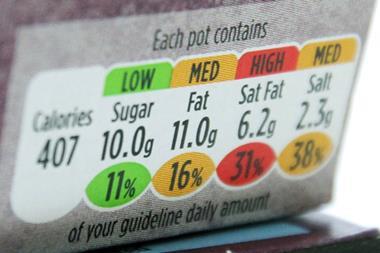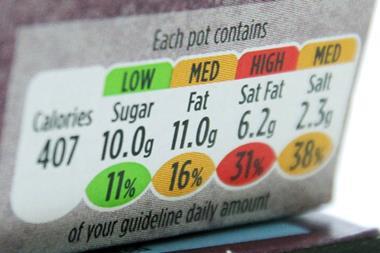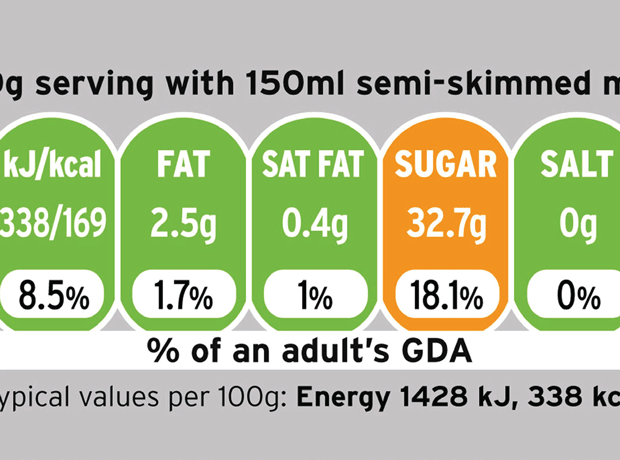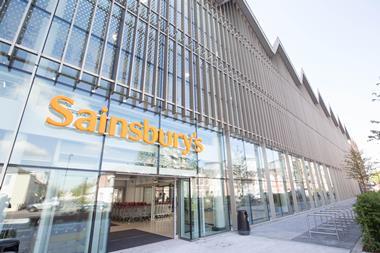The government is to launch a new research programme to assess the effectiveness of front-of-pack nutritional labelling - even though it won’t be completed until almost a year after it wants retailers and manufacturers to have introduced a new universal labelling system, The Grocer can reveal.
Suppliers reacted angrily to the news revealed by Defra’s head of food labelling Stephen Pugh at the Westminster Food & Nutrition Forum this week, claiming the evidence should have been produced before the Department of Health tried to persuade thousands of companies to adopt a new system.
Defra and the DH are drafting in scientists to employ the latest eye-tracking technology to gauge shopper reaction to the hybrid system and existing rival systems, it has emerged. But senior Defra officials have admitted it will be at least 18 months before the work is carried out, even though the government has set the target of next summer for the hybrid system to be in place.
“One of the biggest criticisms of the DH consultation is that it wasn’t forward-looking enough,” said one source involved. “I’m pleased they are now looking at new research, which is more sophisticated, but why wasn’t this carried out before?”
There has been conflicting evidence over the effectiveness of the labelling schemes, and the government said it wants to use scientific technology, previously used by marketers to assess the effectiveness of branding, to get more clarity.
“We want to use this technology to find out if consumers look at traffic lights or other areas such as nutritional information,” said Pugh. “It will not stop the consultation on traffic lights from going ahead.”
The DH is due to release the results of its consultation on its plans for a hybrid system in the next few days. The Grocer has learnt it plans to push ahead with the same levels of fat, salt and sugar recommended by the FSA before it surrendered control over labelling to DH.
But Dr Monique Raats, director of food, consumer behaviour and health at the University of Surrey, who was involved in the recent Flabel research on front-of-pack labelling, claimed there was “very little” benefit from the information beyond nutrition levels on pack.
Barbara Gallani, director of food safety and science at the Food and Drink Federation, said EU bosses were already looking at yet another overhaul - possibly involving EU wide health logos - when it reviews its Food Information Regulation rulings again.
Do traffic lights work?
Red: Last week, the Grocer/Him! Shop Waves poll suggested nearly 30% of shoppers ignore all nutrition labelling and GDAs were more important than traffic lights for those who do check the label.
Amber: In January, the EU-funded Flabel project concluded FOP labelling could improve shopper understanding, the effects were small and there was “very little difference” between systems.
Green: In August, Tesco dropped its long-standing opposition to traffic lights, citing research showing that while customers remained happy with GDAs, they would prefer a new hybrid system.


















No comments yet